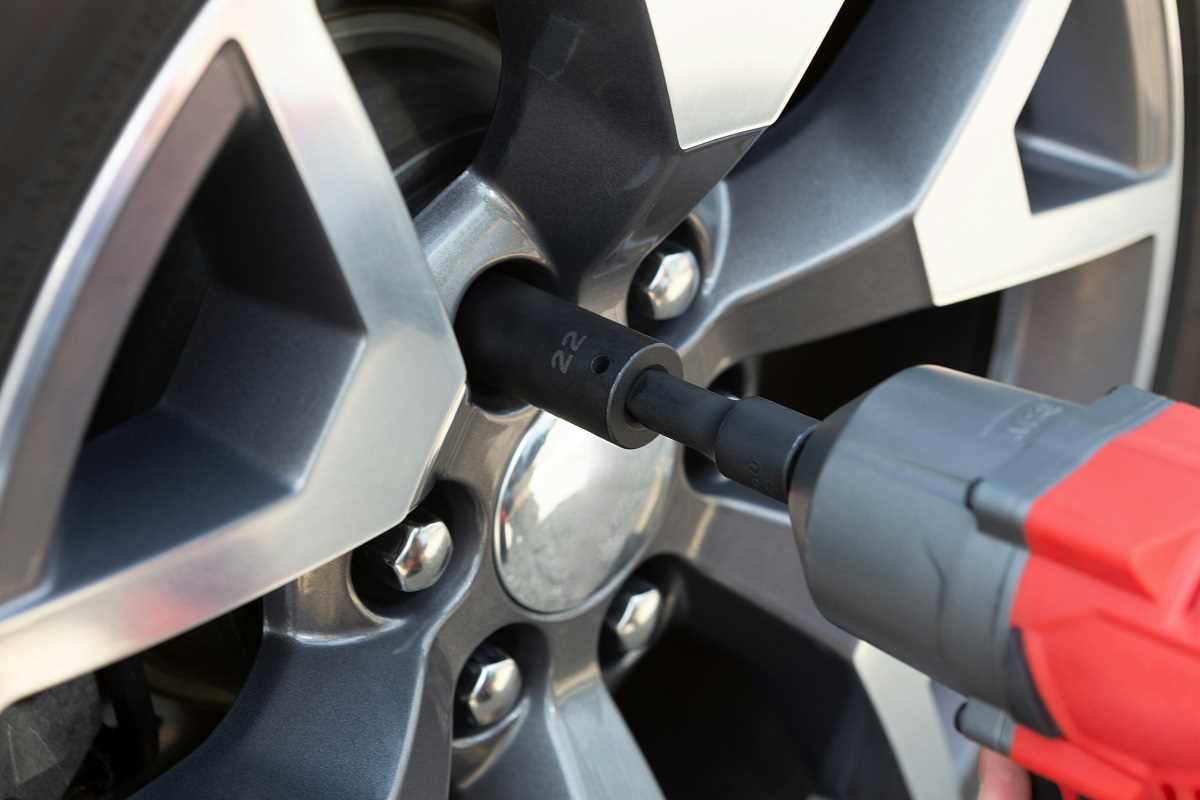December is arguably the best time of year to buy a car, and for good reason. Dealerships are motivated to clear out inventory before year-end, manufacturers are pushing to hit annual sales targets, and salespeople are eager to earn holiday bonuses. If you're in the market for a new vehicle, the final weeks of the year present a golden opportunity to secure significant savings. Let me walk you through everything you need to know about navigating end-of-year car sales events to get the best possible deal.
Why Year-End Is Prime Time for Car Shopping
Dealerships operate on monthly, quarterly, and annual sales goals, creating a perfect storm of motivation as December rolls around. With the pressure to hit these targets intensifying as the year closes out, dealers are often willing to accept thinner profit margins to move vehicles off their lots. This translates directly into better deals for savvy shoppers who understand the dynamics at play. The desire to clear inventory becomes even more pronounced for outgoing model years, as dealers need to make room for the incoming models.
Industry data consistently supports the end-of-year advantage, with various studies showing December typically offers discounts averaging 6-8% below MSRP, compared to just 3-4% during spring and summer months. The best deals often materialize between Christmas and New Year's Eve, when monthly, quarterly, and annual deadlines all converge to create maximum motivation for dealers to close sales quickly and on favorable terms for buyers.
How to Research Before Visiting Dealerships
Start your year-end car shopping journey with thorough online research, familiarizing yourself with the models you're interested in and their typical pricing. Websites like Edmunds, Kelley Blue Book, and TrueCar can provide accurate information about fair market value, helping you determine a reasonable target price before setting foot on a dealer lot. Understanding the manufacturer's suggested retail price (MSRP) as well as the dealer invoice price gives you powerful context for negotiations.
Make time to obtain pre-approved financing before visiting dealerships. Your bank, credit union, or online lender can provide a loan commitment that serves as both a budget guideline and negotiating leverage. Having this financing already secured puts you in a stronger position when the dealership offers their financing options, and sometimes prompts them to beat your pre-approved rate to earn the financing portion of the sale.
Strategic Timing for Maximum Savings
While December generally offers excellent car-buying opportunities, timing your purchase more precisely within the month can yield even greater savings. The last week of December, particularly December 26-31, often represents the absolute peak for discounting as sales teams make their final push to hit annual targets. If you have flexibility in your purchase timeline, waiting for these final days can potentially save you hundreds or even thousands of dollars.
Pay attention to quarterly earnings reports and sales targets for manufacturers, as companies approaching but not quite reaching important sales milestones may roll out last-minute incentives. Following automotive news sources in the weeks leading up to your purchase can alert you to these developments and help you time your purchase to coincide with the most aggressive promotional periods. This industry-level intelligence can give you insights that many other shoppers lack.
Negotiation Tactics That Actually Work
- Know your maximum budget and stick to it rigidly
- Focus negotiations on the "out-the-door" price rather than monthly payments
- Bring printouts of competitive offers from other dealerships
- Be prepared to walk away if the deal doesn't meet your requirements
- Request the previous year's model for deeper discounts
- Ask specifically about demonstration vehicles with low mileage
- Inquire about additional dealer incentives that aren't advertised
- Negotiate the trade-in value of your current vehicle separately
- Request removal of unnecessary dealer add-ons and fees
- Be polite but firm throughout the negotiation process
Approaching negotiations with a friendly but businesslike demeanor sets the right tone for productive discussions. Remember that while the end-of-year period puts you in an advantageous position, maintaining respectful communication typically yields better results than aggressive tactics. Come prepared with a specific target price based on your research, but be willing to have a reasonable give-and-take conversation about reaching an agreement that works for both parties.
Pay careful attention to add-ons and extended warranties offered during the final stages of negotiation. While some protection plans provide genuine value, others carry excessive markup and may not be worth the additional cost. Request time to review all final paperwork before signing, and don't hesitate to question any charges that weren't part of your negotiated agreement. The year-end rush sometimes leads to hastily prepared paperwork that requires correction.
Beyond the Purchase Price
While securing a low purchase price is important, truly maximizing your year-end car buying value requires looking at the complete ownership picture. Consider factors like insurance costs, which can vary significantly between different models and trim levels. Contacting your insurance agent for quotes on your shortlisted vehicles before making a final decision can prevent unexpected expenses after purchase. This comprehensive approach ensures your great deal remains advantageous throughout your ownership period.
Warranty coverage represents another significant value component that extends well beyond the initial purchase. During year-end promotions, manufacturers sometimes offer enhanced warranty packages as incentives. Evaluating these extended protection offers against their normal-year cost can reveal substantial added value that might tip the scales between otherwise similar deals. Just be sure to read the fine print regarding coverage limitations and deductibles.
Maintenance packages are frequently discounted during year-end sales events, offering potential long-term savings that complement your upfront purchase price reduction. Calculate the value of included maintenance services at regular prices to determine whether these packages genuinely enhance your deal. Some premium brands include several years of maintenance with purchase, which can represent thousands in additional value when properly quantified.
Resale value considerations should factor into your purchase decision, as some vehicles retain their value better than others. A slightly higher purchase price for a model with stronger depreciation resistance can actually represent better long-term value. Research historical depreciation rates for your target vehicles, as this information provides insight into the true cost of ownership over your expected holding period.
Finally, don't overlook the value of relationship building with your salesperson and dealership during the purchase process. A positive buying experience can translate into preferential treatment for future service needs and subsequent purchases.
 (Image source: Midjourney)
(Image source: Midjourney) 
.jpg)




